Home>Garden Essentials>How Long Does It Take For A Watermelon To Germinate
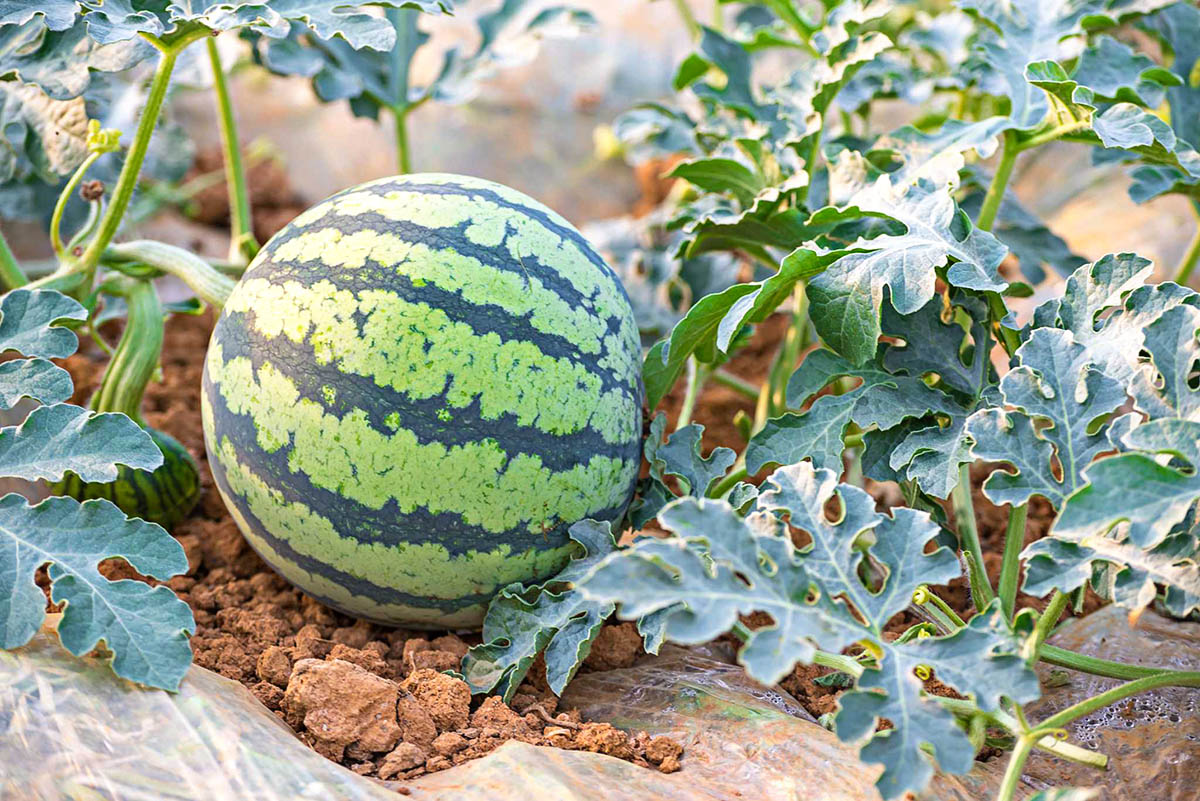

Garden Essentials
How Long Does It Take For A Watermelon To Germinate
Modified: March 16, 2024
Learn how long it takes for a watermelon to germinate and start growing in your garden. Find out the ideal conditions for successful watermelon germination.
(Many of the links in this article redirect to a specific reviewed product. Your purchase of these products through affiliate links helps to generate commission for Storables.com, at no extra cost. Learn more)
Introduction
Growing your own watermelons can be a rewarding and enjoyable experience. However, before you can enjoy the juicy and refreshing fruits, you need to go through the process of germinating watermelon seeds. Germination is the initial stage of a plant’s life cycle where the seed sprouts and begins to develop into a seedling. Understanding the factors that affect watermelon seed germination and the optimal conditions for this process can significantly increase your chances of success.
Watermelon (Citrullus lanatus) is a warm-season fruit that thrives in sunny locations with well-draining soil. It belongs to the Cucurbitaceae family and is known for its large size, sweet taste, and high water content. While watermelon seeds are readily available for purchase, you can also save seeds from your own ripe watermelon fruits to use for germination.
In this article, we will explore the factors that affect watermelon seed germination, the time it takes for watermelon seeds to germinate, and the optimal conditions for successful germination. Additionally, we will provide step-by-step instructions for germinating watermelon seeds both indoors and outdoors. Lastly, we will address common issues that may arise during the germination process and offer troubleshooting tips.
So, whether you are a gardening enthusiast looking to expand your crop variety or a beginner in the world of gardening, this article will equip you with the knowledge and techniques needed to successfully germinate watermelon seeds and start your own watermelon patch.
Key Takeaways:
- Patience and care are key when germinating watermelon seeds, which typically takes 7 to 10 days under optimal conditions. Avoid disturbing the seeds and provide warmth, moisture, and darkness for successful sprouting.
- Whether indoors or outdoors, creating optimal conditions for watermelon seed germination is crucial. Consistent warmth, moisture, and soil quality, along with patience, will lead to healthy seedlings ready for transplanting.
Factors Affecting Watermelon Germination
Several factors can influence the germination of watermelon seeds. Understanding these factors is essential for creating favorable conditions that will promote successful seed sprouting. Let’s take a closer look at the key factors affecting watermelon germination:
- Temperature: Watermelon seeds require warm temperatures to germinate. The optimal temperature range for germination is typically between 75°F (24°C) and 85°F (29°C). Seeds may fail to germinate or exhibit slower germination rates in colder conditions. It is important to provide consistent warmth to the seeds throughout the germination process to encourage quicker sprouting.
- Moisture: Adequate moisture is crucial for watermelon seed germination. The seeds need to absorb water for the germination process to begin. It is important to keep the soil consistently moist but not waterlogged. Overwatering can lead to rot and fungal diseases, while underwatering can hinder germination or cause the seeds to dry out.
- Soil Quality: Watermelon seeds prefer well-draining soil with a pH range between 6.0 and 7.5. Good soil structure allows water to pass through easily, preventing waterlogging and providing sufficient oxygen to the seeds. Additionally, incorporating organic matter into the soil can improve its fertility and moisture retention capabilities, thus promoting better germination.
- Light: Unlike some other plants, watermelon seeds do not require light for germination. In fact, they actually prefer to germinate in darkness. Therefore, it is not necessary to expose the seeds to direct sunlight during the germination process. Keeping them in a dark and warm location, such as a germination tray or a covered container, is the ideal approach.
- Seed Quality: The quality and viability of the watermelon seeds you use play a crucial role in germination success. It is recommended to source your seeds from reputable suppliers or save seeds from healthy, ripe fruits of known varieties. Proper storage is also important to maintain seed viability. Keep the seeds in a cool, dry place to prevent deterioration and ensure higher germination rates.
By taking these factors into consideration and providing the appropriate conditions, you can greatly increase the chances of successful watermelon seed germination. With patience and care, you will soon have healthy seedlings ready to be transplanted into your garden or container.
Watermelon Seed Germination Time
The time it takes for watermelon seeds to germinate can vary depending on various factors, including environmental conditions, seed quality, and the specific variety of watermelon. On average, watermelon seeds typically germinate within 7 to 10 days under optimal conditions.
However, it is important to note that germination time can be influenced by factors such as temperature and moisture. Warmer temperatures within the ideal range of 75°F to 85°F (24°C to 29°C) can accelerate germination, while colder temperatures can slow it down. Similarly, consistent moisture is vital for successful germination. If the soil is too dry, the seeds may take longer to germinate or fail to sprout at all.
Some watermelon varieties may have shorter or longer germination times compared to the average. Certain hybrid varieties, favored for their disease resistance and specific characteristics, may have a slightly longer germination period. Conversely, heirloom varieties may have shorter germination times.
Patience is key when waiting for watermelon seeds to germinate. It is important to resist the temptation to disturb or dig up the seeds to check for sprouting, as this can disrupt the germination process. Instead, create a suitable environment and provide consistent care to promote optimal germination conditions.
If the watermelon seeds have not germinated within 10 to 14 days, there may be an issue preventing successful sprouting. In such cases, it is essential to evaluate the environmental conditions, such as temperature and moisture levels, and make adjustments accordingly. Additionally, checking the seed quality and viability can also help identify any problems that may be hindering germination.
Overall, understanding the typical germination time for watermelon seeds and maintaining optimal conditions will increase the chances of successful sprouting. With patience, care, and attention to detail, you can enjoy watching your watermelon seeds transform into healthy seedlings ready to be transplanted into your garden.
Optimal Conditions for Watermelon Germination
Creating optimal conditions for watermelon germination is crucial for promoting successful seed sprouting and early growth. By providing the right environment, you can help ensure that your watermelon seeds have the best chance of germinating and developing into healthy seedlings. Here are the optimal conditions for watermelon germination:
- Temperature: Watermelon seeds prefer warm temperatures for germination. The optimal temperature range is typically between 75°F (24°C) and 85°F (29°C). You can achieve this by providing a consistently warm environment, such as using a heating mat or placing the seeds in a warm location. Avoid exposing the seeds to cold temperatures, as this can slow down germination or prevent it altogether.
- Moisture: Adequate moisture is crucial for watermelon seed germination. The soil should be evenly moist but not waterlogged. To achieve this, water the soil before planting the seeds and monitor the moisture level throughout the germination process. Avoid overwatering, as excessive moisture can lead to rot and fungal diseases. Mist the soil surface with water if it starts to dry out.
- Soil Quality: Watermelon seeds thrive in well-draining soil with a pH range of 6.0 to 7.5. Ensure that the soil is loose and friable to allow proper root development and water absorption. If the soil is heavy or clayey, consider amending it with organic matter, such as compost or well-rotted manure, to improve its drainage and fertility.
- Planting Depth: Watermelon seeds should be planted at a depth of approximately 1 inch (2.5 cm) in the soil. This allows the seeds to establish good contact with the soil and receive adequate moisture for germination. Planting too shallowly may result in the seeds drying out, while planting too deeply can hinder sprouting.
- Light: Watermelon seeds do not require light for germination. In fact, they prefer to germinate in darkness. After planting the seeds, cover them with a thin layer of soil to keep them in a dark environment. Once the seeds sprout and develop into seedlings, you can gradually introduce them to light by removing the covering or placing them in a well-lit location.
- Germination Container: Using a suitable germination container can help create an ideal environment for watermelon seed germination. Consider using seed trays, peat pots, or biodegradable seedling cells. These containers provide proper drainage and allow for easy transplanting once the seeds have germinated.
By providing these optimal conditions, you can enhance the germination process for your watermelon seeds. Keep in mind that consistency and monitoring are key. Regularly check the moisture levels, temperature, and overall progress of the seeds to ensure successful germination. With patience and careful attention to these conditions, you will soon witness the emergence of healthy watermelon seedlings ready to be nurtured into mature plants.
Watermelon seeds typically germinate within 7-10 days when planted in warm, moist soil. Providing consistent watering and temperatures between 70-90°F can help speed up the germination process.
Germinating Watermelon Seeds Indoors
Germinating watermelon seeds indoors can be a great way to get a head start on the growing season and ensure optimal conditions for successful sprouting. Here are the steps to germinate watermelon seeds indoors:
- Selecting the seeds: Choose high-quality watermelon seeds from a reputable supplier or save seeds from ripe, healthy fruits. Look for seeds that are plump, firm, and free from any signs of damage or disease.
- Preparing the germination container: Use seed trays, peat pots, or biodegradable seedling cells as germination containers. Fill the containers with moistened seed-starting mix or a well-draining potting soil, leaving about 1 inch (2.5 cm) of space at the top.
- Planting the seeds: Make a small indentation in the soil, about 1 inch (2.5 cm) deep. Place the watermelon seed in the indentation and cover it with soil. Gently press the soil to ensure good seed-to-soil contact.
- Providing optimal conditions: Place the germination container in a warm location with temperatures between 75°F (24°C) and 85°F (29°C). You can use a heating mat to maintain consistent warmth if necessary. Keep the soil evenly moist by misting it with water or using a spray bottle. Avoid overwatering, as excessive moisture can lead to rot.
- Creating a mini greenhouse: Cover the germination container with a clear plastic or a transparent lid to create a mini greenhouse effect. This helps retain moisture and warmth, creating an ideal environment for seed germination. Once the seeds sprout, remove the cover to promote air circulation.
- Monitoring and care: Check the soil moisture regularly and mist it whenever it starts to dry out. Keep an eye out for any signs of pests or diseases, and take appropriate action if necessary. As the seedlings grow, provide them with adequate light by placing them near a sunny window or using grow lights.
- Transplanting the seedlings: Once the seedlings have developed their first true leaves, which are the second set of leaves that appear after the cotyledons (seed leaves), they are ready to be transplanted into larger containers or the garden. Harden off the seedlings by gradually exposing them to outdoor conditions before transplanting them.
Germinating watermelon seeds indoors allows you to control the growing environment and ensure optimal conditions for successful sprouting. It also gives you a head start on the growing season, allowing the seedlings to become stronger before being transferred to the garden. With proper care and attention, your watermelon seeds will germinate and develop into healthy seedlings ready for transplanting.
Germinating Watermelon Seeds Outdoors
If you prefer to germinate watermelon seeds directly in your garden or have limited indoor space, you can also germinate them outdoors. Follow these steps to successfully germinate watermelon seeds outdoors:
- Choosing the planting site: Select a sunny location in your garden with well-draining soil. Watermelons thrive in full sun and require at least 6 to 8 hours of direct sunlight daily.
- Preparing the soil: Work the soil to a depth of 12 to 18 inches (30 to 45 cm) to loosen it and improve drainage. Remove any weeds or debris that could hinder seed germination.
- Timing the planting: Wait until all danger of frost has passed and the soil temperature reaches at least 70°F (21°C) before planting watermelon seeds outdoors. This is usually in late spring or early summer, depending on your location.
- Planting the seeds: Dig small holes or furrows in the prepared soil, spaced about 2 to 3 feet (60 to 90 cm) apart. Plant the watermelon seeds about 1 inch (2.5 cm) deep, placing 3 to 4 seeds per hole or 1 seed per foot in rows.
- Providing optimal conditions: Water the soil immediately after planting to ensure good seed-to-soil contact. Keep the soil evenly moist but not overly saturated during the germination process. Regularly check the moisture level and adjust watering as needed, particularly during dry periods.
- Protecting the seeds: Consider using row covers or protective barriers, such as plastic tunnels or cloches, to create a microclimate and help retain warmth and moisture around the newly planted seeds. This can aid in faster germination.
- Thinning the seedlings: Once the seedlings emerge and develop their first set of true leaves, thin them out, leaving the strongest seedling in each planting location. This ensures enough space for the remaining seedling to grow and develop without competing for resources.
- Maintaining care: Continue to monitor the soil moisture and water regularly, providing about 1 inch (2.5 cm) of water per week. Mulching around the seedlings can help conserve moisture and suppress weed growth. Remove any weeds that may compete with the growing watermelon plants.
- Transplanting or direct growing: Depending on the size of your garden and the variety of watermelon, you can choose to either transplant the seedlings into larger spacing or allow them to grow directly where they were planted. Follow the spacing recommendations for your particular watermelon variety.
Germinating watermelon seeds outdoors allows you to take advantage of the natural environment and reduce the need for transplanting. With proper soil preparation, favorable conditions, and consistent care, you can successfully germinate watermelon seeds in your garden, leading to the growth of healthy and productive watermelon plants.
Common Issues and Troubleshooting
While germinating watermelon seeds can be a relatively straightforward process, there are some common issues that may arise. Understanding these issues and troubleshooting them promptly can help ensure successful germination and healthy seedling development. Here are some common issues and their possible solutions:
- Slow germination: If the watermelon seeds are slow to germinate, check the temperature. Ensure that the seeds are kept in a warm environment within the optimal range of 75°F (24°C) to 85°F (29°C). You can use a heating mat or place the germination container in a warm location to provide consistent warmth.
- Uneven germination: Uneven germination can occur if the soil moisture is inconsistent. Check the moisture level of the soil regularly and ensure that it remains evenly moist. Avoid overwatering, as this can lead to rot, and mist the soil surface if it starts to dry out.
- Fungal diseases: Excessive moisture or poor air circulation can promote fungal diseases such as damping-off, which can cause seedling death. To prevent this, avoid overwatering and ensure that the seeds and seedlings have good air circulation. Use well-draining soil and space the seedlings adequately to reduce moisture buildup.
- Pest damage: Watermelon seedlings can be susceptible to pests such as aphids, slugs, and snails. Monitor the seedlings regularly and take appropriate pest control measures if necessary. This may involve using organic pest control methods or introducing beneficial insects to control pest populations.
- Drying out or drying up of seedlings: Insufficient or irregular watering can cause seedlings to dry out or wilt. Keep a close eye on the moisture level of the soil and provide regular, consistent watering to keep the seedlings hydrated. Mulching around the plants can help retain moisture and reduce water loss through evaporation.
- Lack of sunlight: Insufficient sunlight can result in weak, leggy seedlings. Ensure that the watermelon seedlings receive at least 6 to 8 hours of direct sunlight each day. If growing indoors, provide supplemental grow lights to ensure adequate light intensity and duration.
- Lack of nutrients: Watermelon plants require proper nutrition for healthy growth. Prior to planting, amend the soil with organic matter or use a balanced fertilizer to provide necessary nutrients. Regularly fertilize the plants according to the recommended guidelines to ensure they receive adequate nutrition throughout their growth.
By being aware of these common issues and taking preventive measures, you can troubleshoot problems early and increase the chances of successful watermelon seed germination. Regular monitoring, providing optimal conditions, and addressing issues promptly will ensure that your watermelon seeds have the best start and pave the way for a successful growing season.
Conclusion
Germinating watermelon seeds is an exciting and rewarding process that allows you to grow your own delicious and refreshing watermelons. By understanding the factors that affect watermelon germination and creating optimal conditions, you can greatly increase the chances of successful seed sprouting and the development of healthy seedlings.
Factors such as temperature, moisture, soil quality, light, and seed quality all play crucial roles in watermelon seed germination. Providing warm temperatures, consistent soil moisture, well-draining soil, and darkness during germination will set your seeds up for success. Additionally, using high-quality seeds and creating a suitable germination environment will further ensure successful sprouting.
Whether you choose to germinate watermelon seeds indoors or outdoors, following the recommended steps and troubleshooting common issues will lead to successful germination. By monitoring soil moisture, maintaining proper temperature, providing adequate lighting, and addressing problems promptly, you can overcome challenges and promote healthy seedling growth.
Remember to give your watermelon seeds time to germinate, as it can take around 7 to 10 days under optimal conditions. Patience is key, and avoiding the temptation to disturb the seeds during the germination process will yield better results.
Finally, as your watermelon plants grow from seedlings to mature plants, continue to provide proper care, including regular watering, adequate sunlight, and necessary nutrients. With time and attention, you will be rewarded with a bountiful harvest of sweet and juicy watermelons.
So, whether you are a seasoned gardener or a beginner, follow the guidelines outlined in this article to successfully germinate watermelon seeds and embark on a journey of growing your own delicious watermelons. Enjoy the satisfaction of nurturing your plants from seed to fruit and relish the taste of homegrown watermelons all summer long.
Frequently Asked Questions about How Long Does It Take For A Watermelon To Germinate
Was this page helpful?
At Storables.com, we guarantee accurate and reliable information. Our content, validated by Expert Board Contributors, is crafted following stringent Editorial Policies. We're committed to providing you with well-researched, expert-backed insights for all your informational needs.






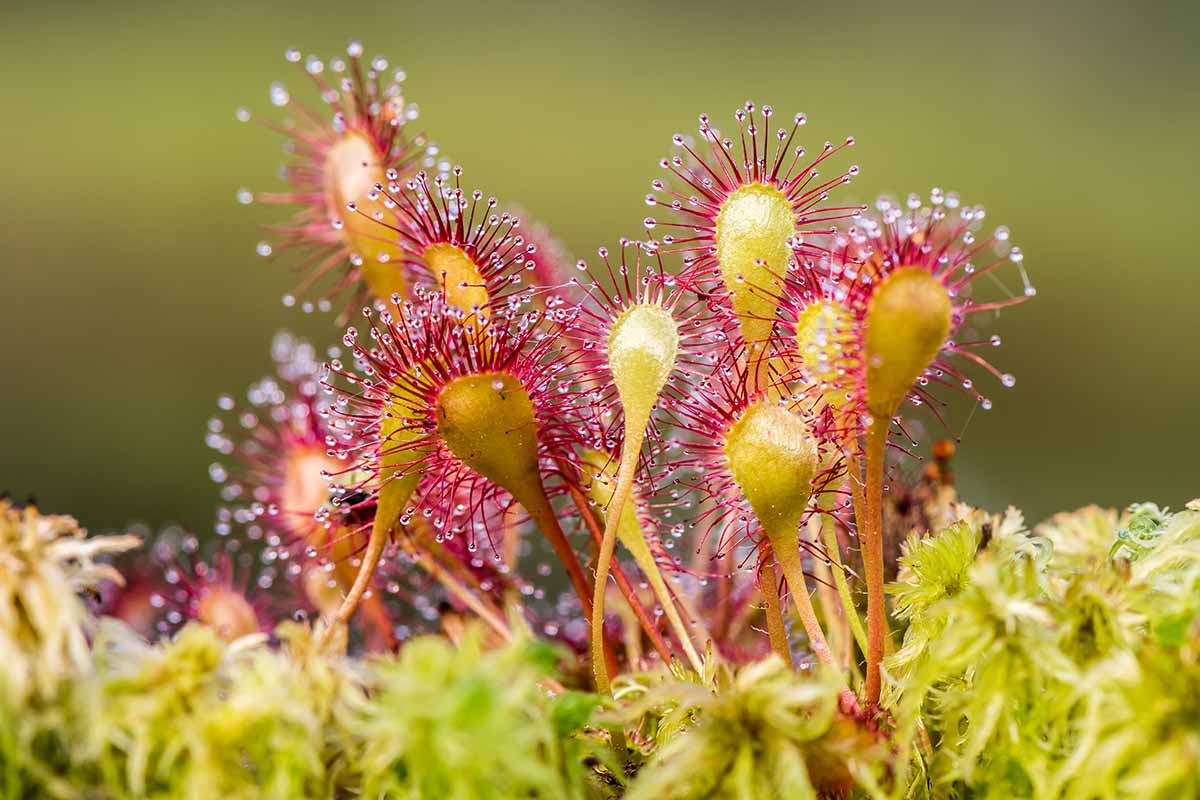
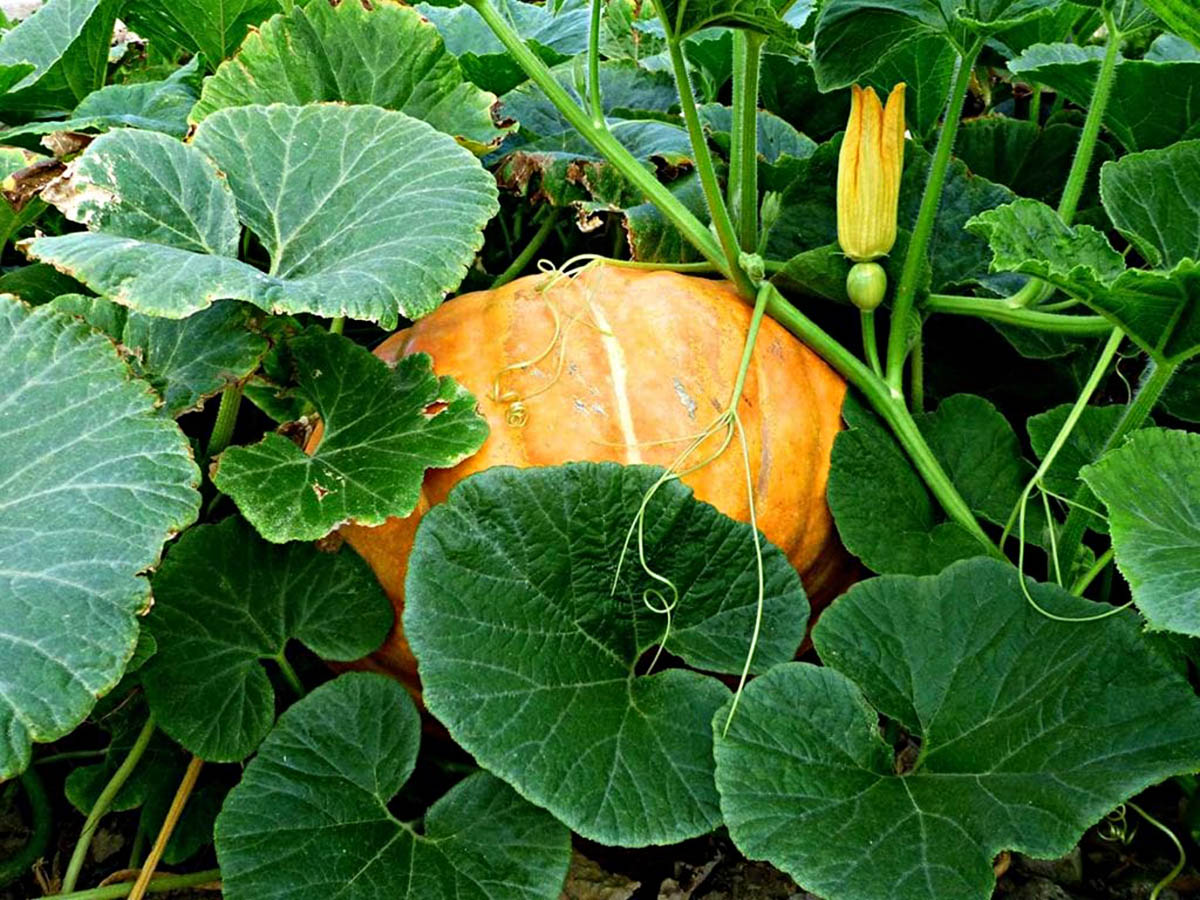
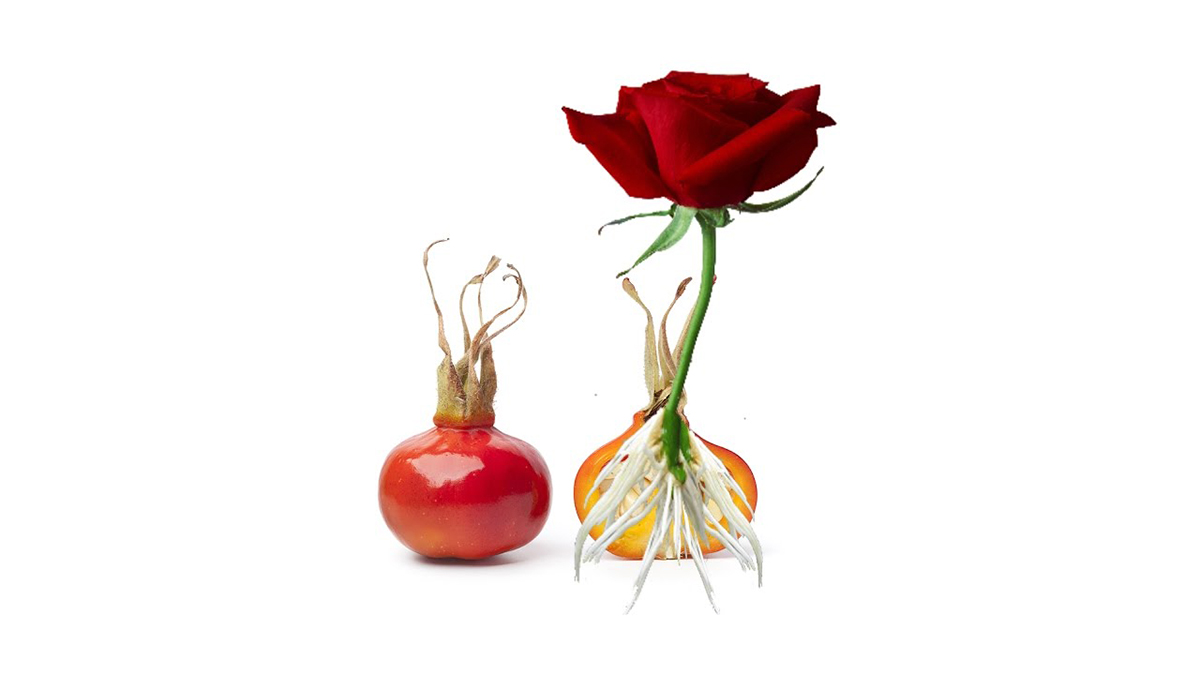
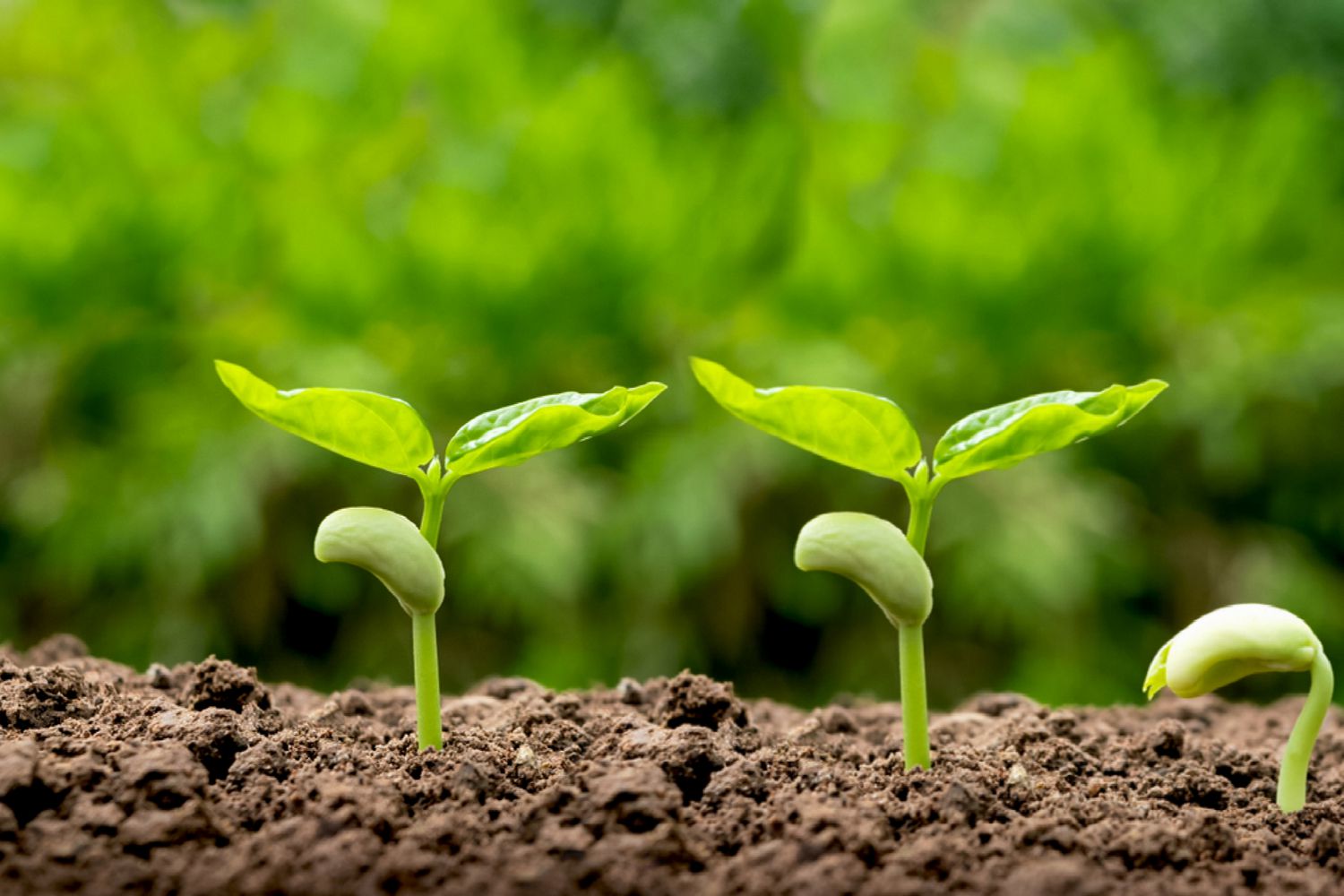
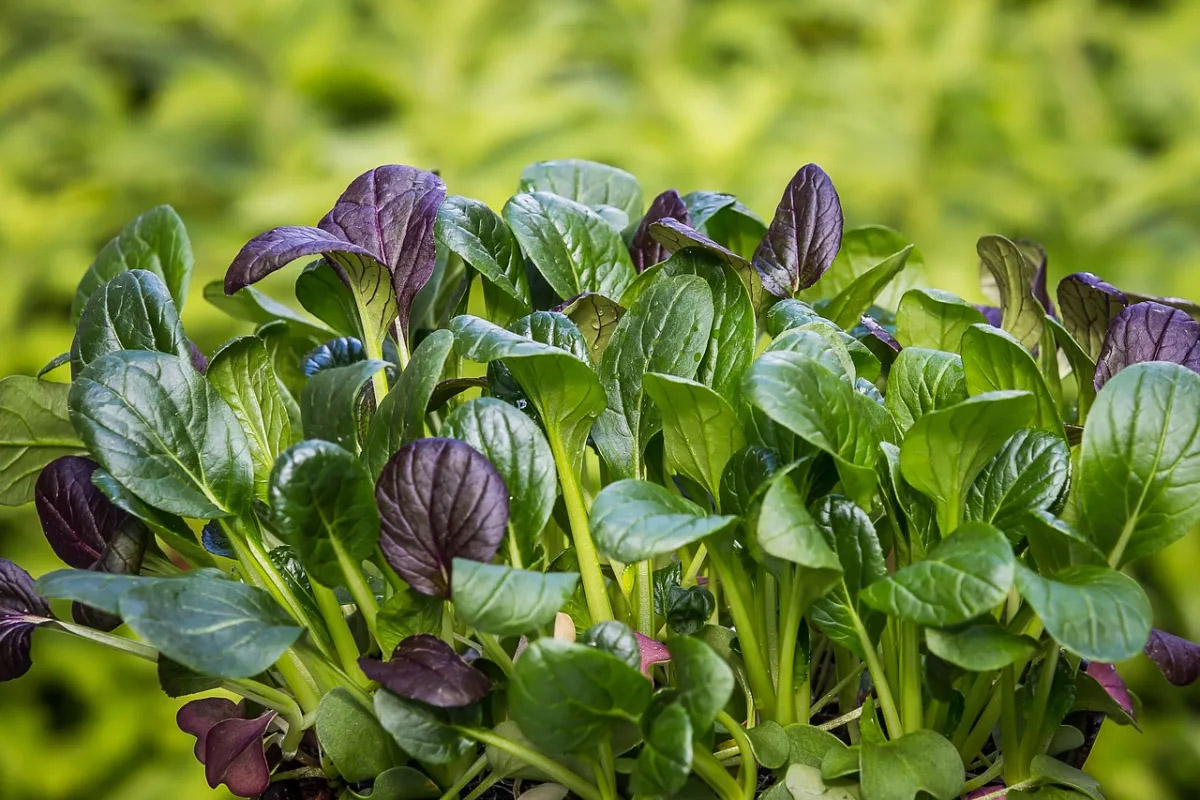
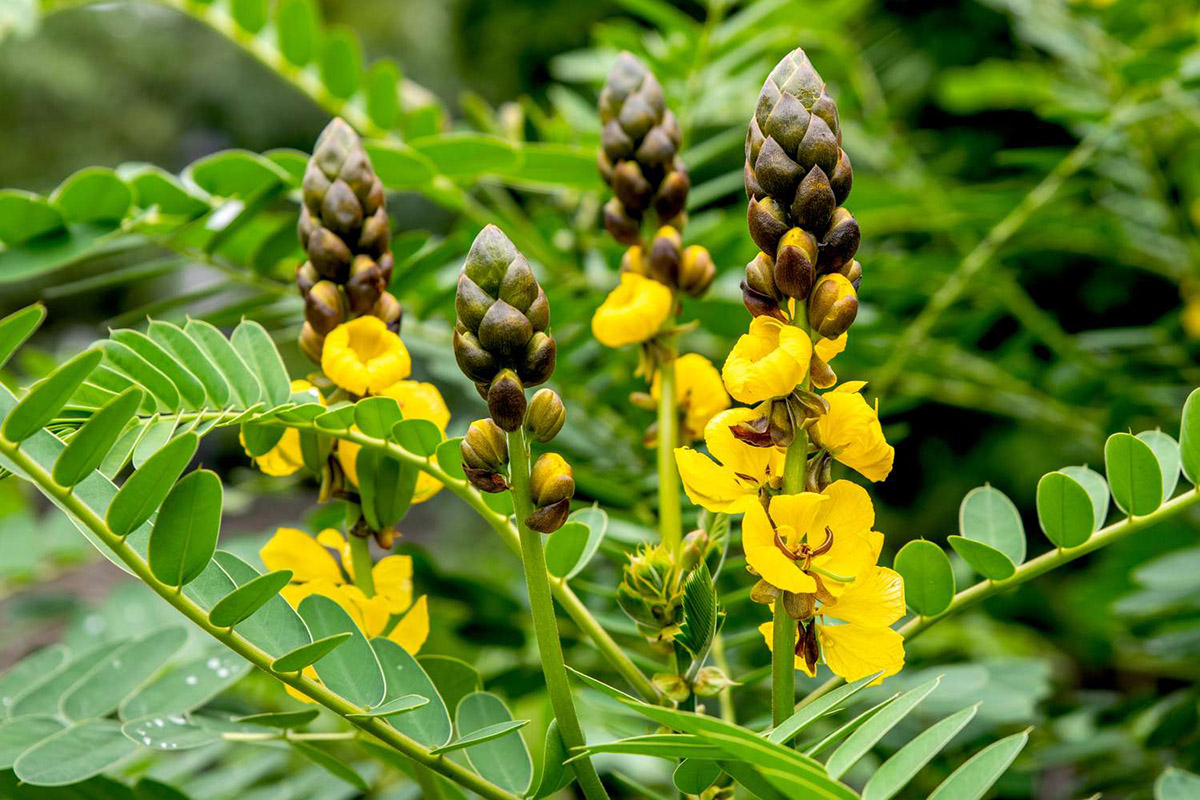
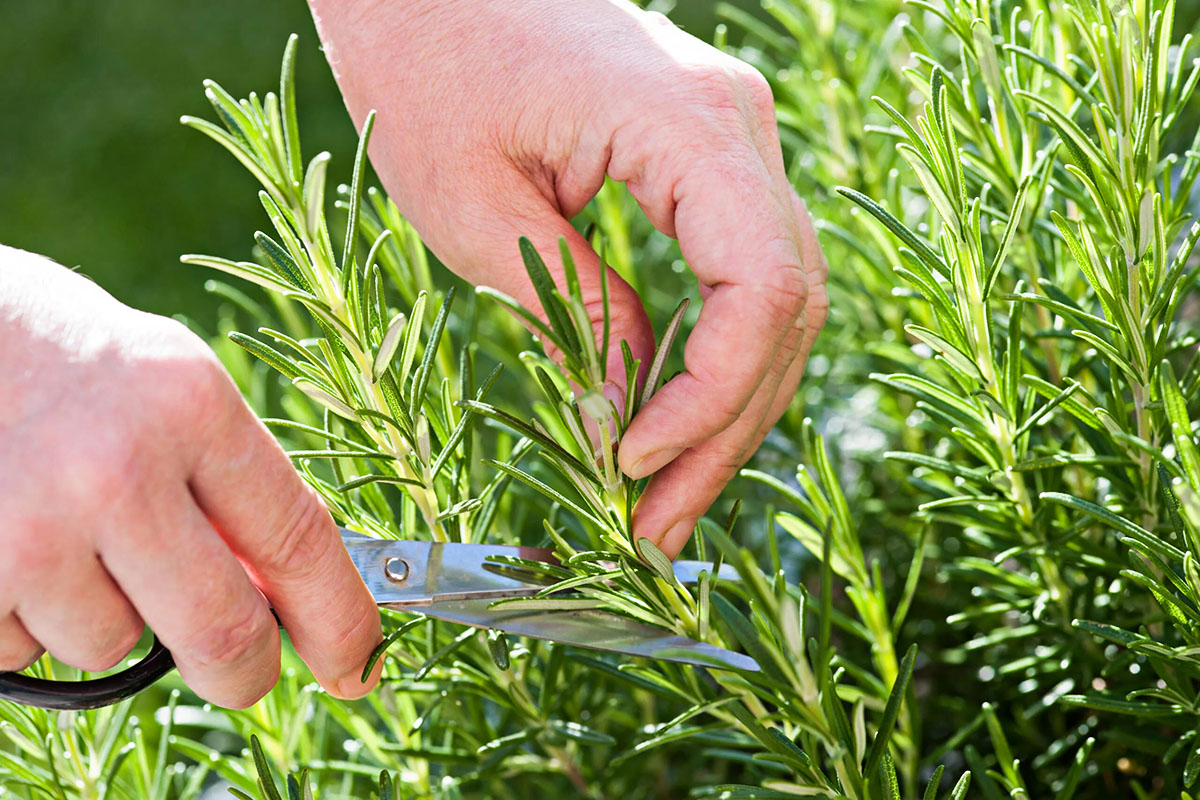
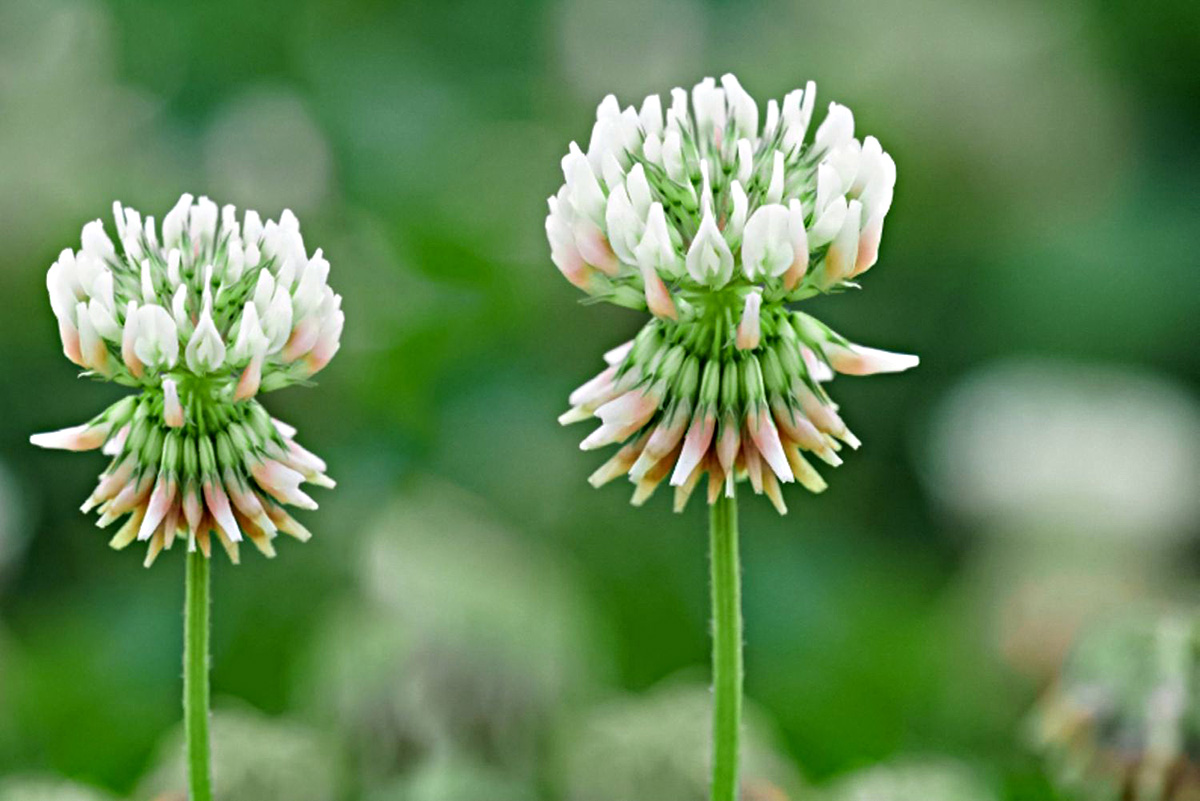

0 thoughts on “How Long Does It Take For A Watermelon To Germinate”